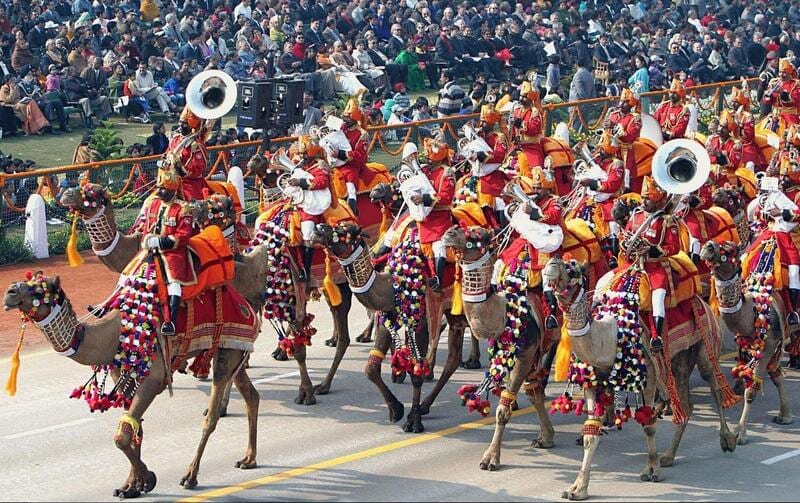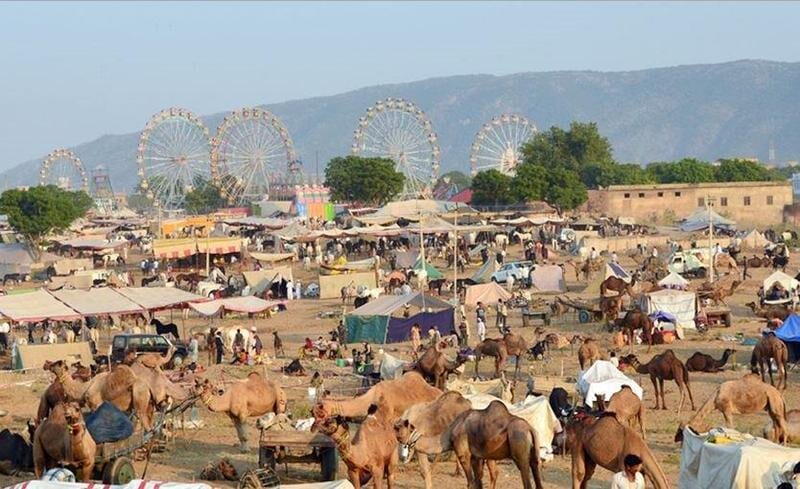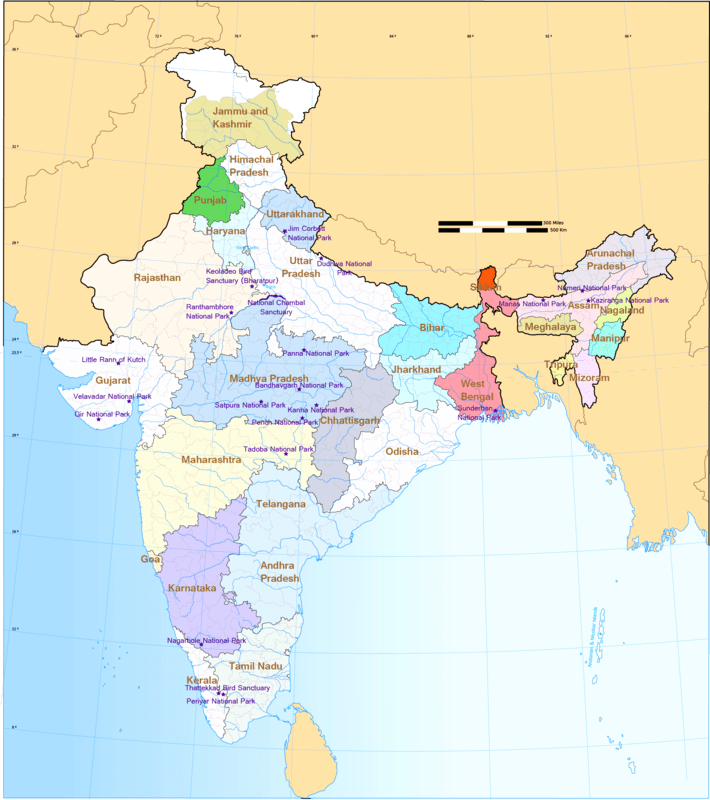
Slide title
WOMAN IN
A GREEN SARI
Button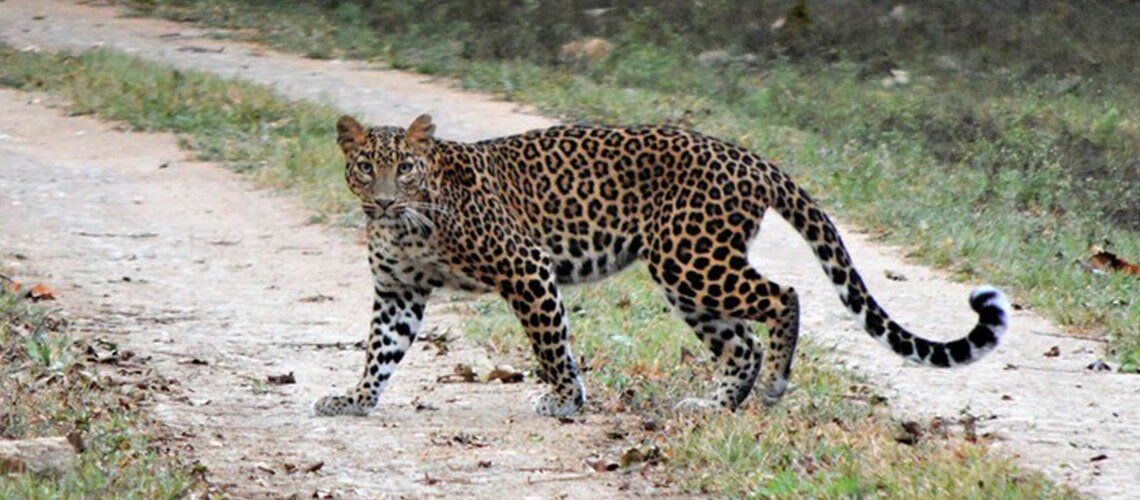
Slide title
A LEOPARD CANNOT
CHANGE ITS SPOTS
Button
Slide title
KHAJURAHO
TEMPLES OF LOVE
Button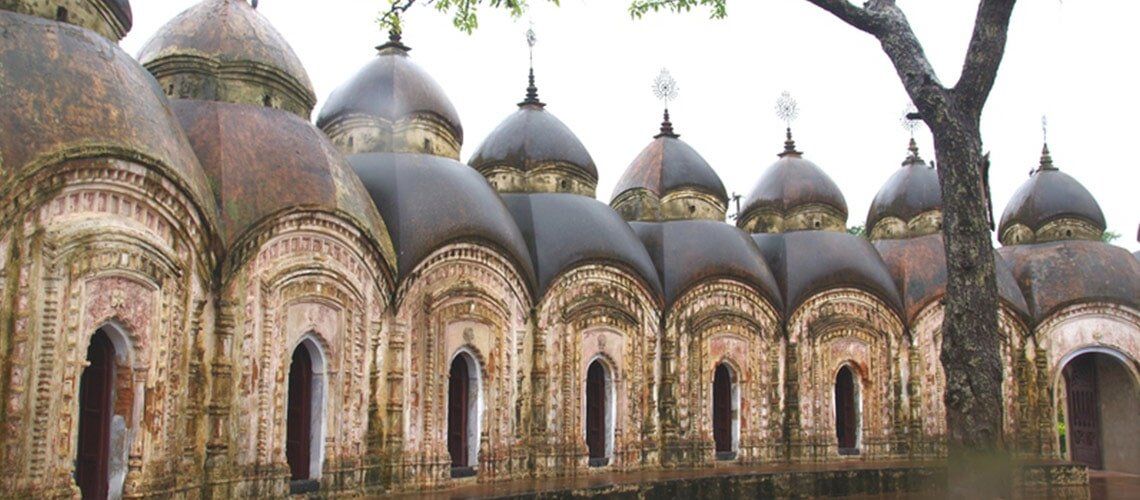
Slide title
TEMPLES OF KALNA
Button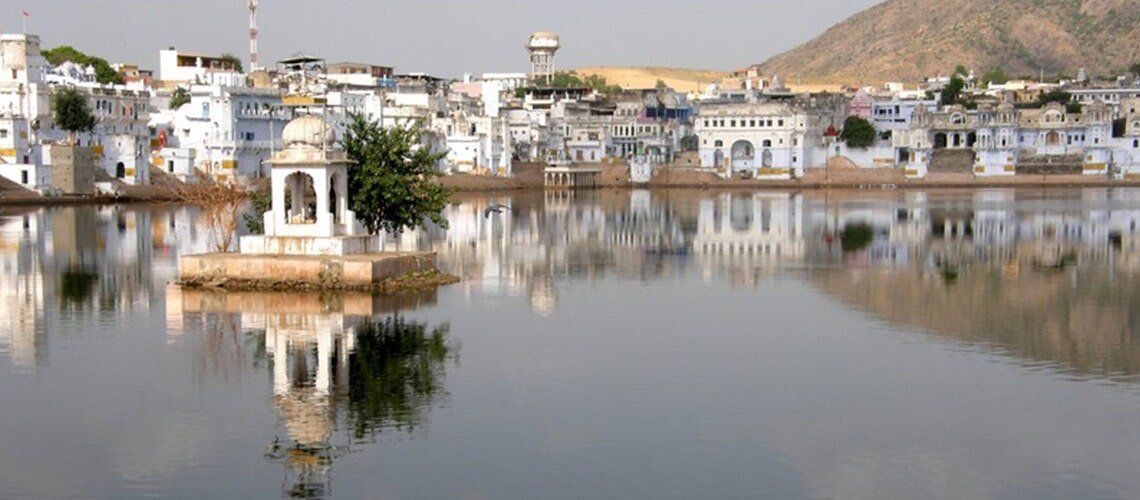
Slide title
PUSHKAR MAGIC
Button
Slide title
HAPPY KIDS ON
THE GANGA RIVER
Button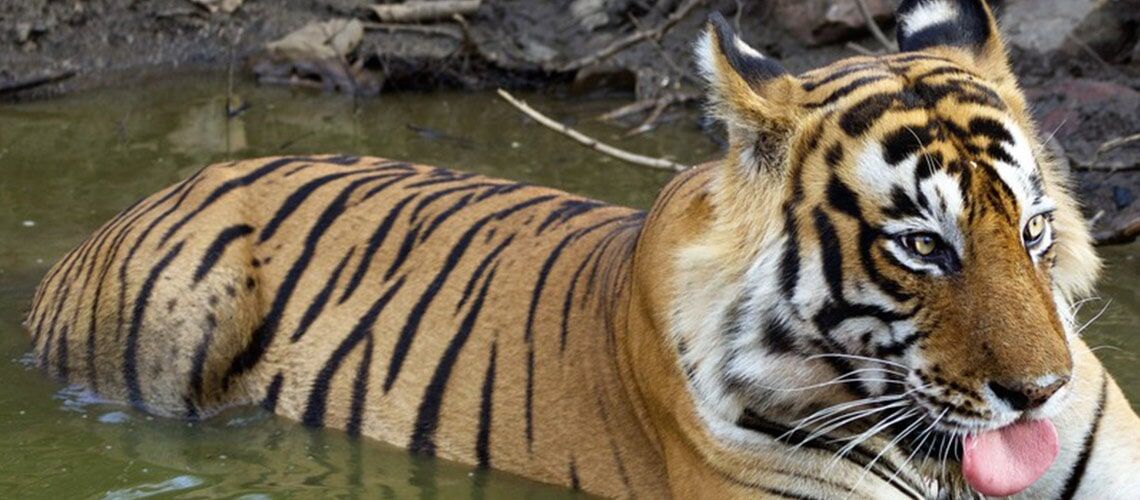
Slide title
KING OF THE JUNGLE
Button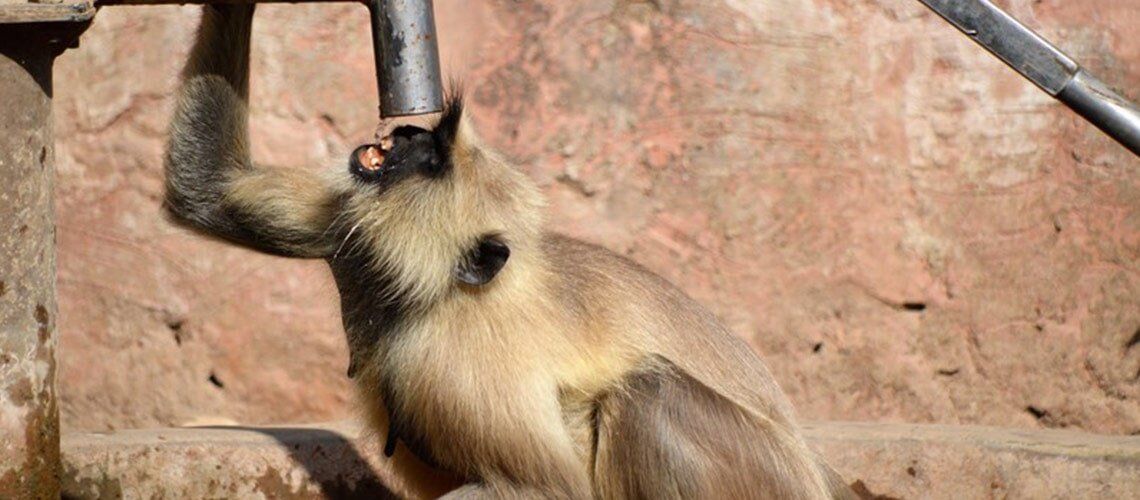
Slide title
HANUMAN LANGUR AFTER
THE MONKEY GOD
Button
Slide title
IF YOU REFLECT IN THIS WAY,
YOU WILL HAVE PEACE
Button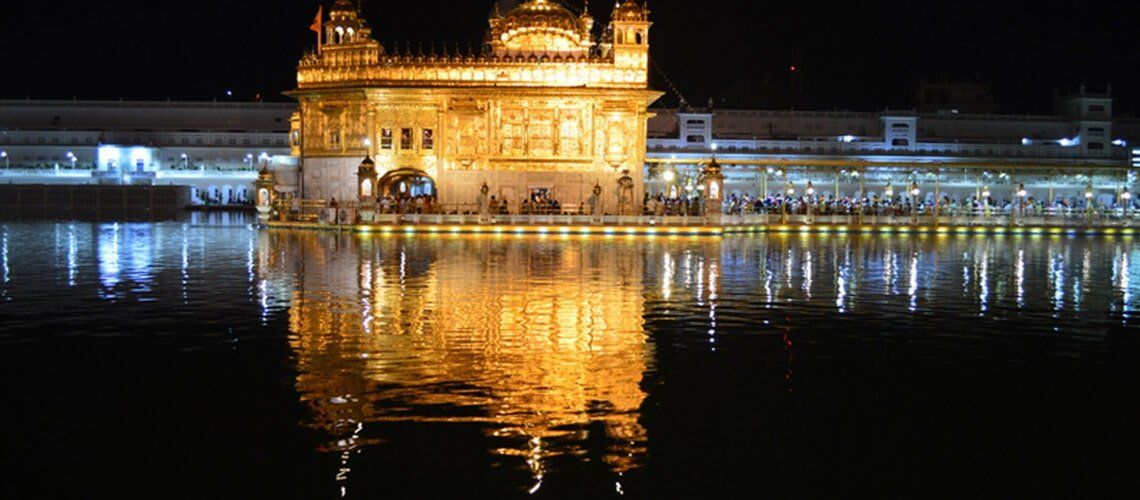
Slide title
GOLDEN TEMPLE
AMRITSAR
Button
ABOUT INDIA
India is a vibrant and colourful country with undulating green fields, striking mountains, wide savannahs and rare and exotic animal species. When visiting India you will be intoxicated by the wonders of the culture, wilderness, people and breathtaking landscape. Before you visit, it is well worth researching the language and rituals of the culture, to enhance your understanding and enjoyment of your Indian experience.
Our Indian travel specialists at Viv's India have compiled some detailed information on the culture, language and religion to educate and inspire you on what to expect when you visit this fascinating country.
Namaste (Greetings From India)
Namaste" or "Namaskar" is the Indian way of saying hello. The Hindu people throughout India, on local transport, at home or on holiday, initiate a conversation with "Namaste" as the greeting. It is the customary courtesy to begin a conversation and sometimes end it, for young and old, strangers and friends.
How to Namaste! Bend the arms at the elbows and bring your palms together in front of your chest as in prayer. Bow your head slightly and say Namaste.
The Indian people are forgiving when it comes to foreigners not understanding their local etiquette, however there are a few tips to help you, the traveller, get by.
Do not eat or pass objects with the left hand. This hand is considered unclean as it performs duties in the bathroom. Therefore try at all times to avoid your left hand coming into contact with food or passing objects to people.
It is good manners to take off your shoes when entering someone's home and a prerequisite to entering temples or mosques. A good barometer to work on is if there are shoes outside - take off yours!
Customs
TRADITIONS & PRACTICES
Read about India before you travel there. This will help to allay some of the cultural differences that understandably make the first time traveller slightly concerned. By reading and understanding why a person asks the questions they do, how to eat, how to 'Namaste', how not to offend, will help you enjoy this radically different way of life.
PERSONAL SPACE
Indian society is cohesive, and personal space and privacy is foreign to most. Try not to be offended by intrusive questions. Indian people are inquisitive and sometimes ask personal questions about how much money you earn or how old you are or why you don't have children. They are truly curious, not trying to be offensive. Ask them the same and they're quite happy to enlighten you.
Geography
THE FASCINATING GEOGRAPHY OF INDIA
If you were to visit the Bharat Mata Temple in Varanasi, dedicated to Mother India, where there is a large relief map of India carved out of marble (or alternatively fly high enough over the sub-continent to be able to down upon it), the thing that is most likely to strike you is the flatness of much of India compared to the majesty of the Himalayas.
India has a great variety - from the high mountain ranges in the north, the deserts of the west, the plains and marshlands of the centre and the plateaux of the Deccan in the south. The vegetation also varies from alpine meadows, to cultivated farmlands, marsh, desert scrub to the unique tropical jungles of the south.
THE HIMALAYAS
The Himalayas provide a series of interlocking ridges, separated by broad valleys, the source of many of India's rivers including the holy Ganges. From a visitor's perspective, the Himalayas provide excellent hiking or climbing, or because of their isolation, an insight into the fascinating mountain cultures of Kashmir (Islamic), Ladakh and Sikkim (Buddhist) and the Hindu areas of the western ranges.
History
INDIA'S TURBULENT PAST
The sweep of Indian history is enormous and for thousands of years the sub-continent has been the setting for great civilisations, invasions from Asia and overseas, the birth of new religions, and numerous debacles. From the earliest Harappan civilisation that developed in the Indus Valley over six thousand years ago, India has been the target of invasions from the north - Persians, Aryans, Huns, Afghans, Mongols and even Greeks under Alexander the Great. During these times Hinduism, Jainism and Buddhism all developed.
Southern India has always had its own unique history as the northern invasions rarely reached this area. As a result it is strongly Hindu whereas Islam was forcibly introduced from the north. For those who are interested in the historical development of modern India I suggest that you search on the internet or in your local library to gain an understanding of the kaleidoscope of events terminating in the arrival of the first European trading nations, the British Raj and modern Indian independence.
However, it is important to note that the great historical buildings of India that attract the most attention of the discerning tourist were generally built by medieval Muslim rulers. In visiting Agra, the main attractions are the Taj Mahal and the Agra Fort, both of Islamic design. In Delhi, the Qutub Minar, Humayun's Tomb, the Jama Masjid, the Chandni Chowk, and the Red Fort are all of Mughal (Islamic) origin. On your way to Rajasthan a visit to the fortified ghost city of Fatehpur Sikri is a must - another Mughal construction.
Who were the Mughals? It is worth knowing a little about them before you visit northern India because their names crop up everywhere. Islam was introduced by Turkish-Afghan raiders from the north by about 1000 A.D but it was not until the 1500s that the Mughal invaders arrived from their base in Afghanistan. The founder of the Mughal influence in India was Babur, a descendent of legendary Asian conquerors, Tamerlane and Chenggis (Genghis) Khan.
Babur (1483-1530) was of Mongol origin (Mughal in Persian) but embraced Turkic and Persian culture including Islam. He was largely responsible for the expansion of Persian cultural influence into India, with brilliant literary, artistic and architectural results.
Humayun (1508 - 1556) whose Persian wife built a tomb in his honour, a prototype of the later Taj Mahal
Akbar (1542 -1605) The greatest of all the Mughal rulers - who consolidated Mughal power over northern India and even into parts of southern India. Akbar built Fatehpur Sikri as his new capital but water shortages forced the abandonment of the city soon after his death.
Jahangir (1569 - 1627) created world famous gardens in Kashmir.
Shah Jahan (1592 - 1666) built the Taj Mahal, and the Red Fort and Jama Masjid in Delhi.
Aurangzeb (1618 - 1707) a bigoted man whose ruthless rule caused rebellion against the Mughals and the end of the dynasty.
Climate
The sub-continent of India is huge and it is very important to be aware of the climate patterns in the part of India you wish to visit. Obviously the difference between the Himalayan mountains and the steamy jungles of South India is evident but this is not the information that you should note.
On the whole, the climate of India comes in three categories, which differ from north to south.
THE HOT (APPROX. MARCH-JUNE)
- Starts about February and by April is over the 40C mark
- Unbearably hot in May and June, this is a good time to visit the 'hill stations' and also Ladakh.
- By late May the first signs of the imminent monsoon are appearing (dust storms, lightning, rain storms, humidity).
THE WET (MONSOON APPROX. JULY-SEPTEMBER)
- The south-west monsoon starts slowly with the south receiving rain by June and the north by early July.
- The weather changes from hot, dry, dusty to hot, humid, wet.
- Rain most days (but not all day).
- The north-east monsoon in Kerala occurs in October and early November.
THE COOL (APPROX. OCTOBER-FEBRUARY)
The monsoon ends for most of India in October.
October/November beginning to cool down and by December Delhi can be quite cold at night.
In the mountains a time of extreme cold whereas in Kerala it is comfortably warm during this period.
The best time to make a general visit to India is during the 'cool' months of November to February, although there are few major festivals during this period to see: unless you are heading for the mountains, the beaches or the Andaman and Nicobar Islands.
Festivals, Fairs & Important Events
There is always a festival on somewhere in India. Between the various religions it is possible for the visitor to find something of significance at some point of their visit. The sheer mass of humanity at India's festivals provides an amazing sight with people mingling among the temple processions of Ganesh in Mumbai or the harvest festivals of Kerala.
Every religion, in every region, has something to celebrate.
The best thing to do is to contact the local Indian Tourist Office on your arrival in a town/city/region and ask for details.
The following is a list of the more famous festivals but it is quite possible for a visitor to explore any city, town or village and chance upon an interesting and colourful festival or celebration of some sort.
Republic Day
If you wish to view an impressive military display, with soldiers in colourful regional costumes, then a visit to Delhi on 26 January (Republic Day) is a must. It is a remarkable cavalcade with grand march-pasts, floats, cultural displays and shows watched by huge crowds lining the roads to view them.
Holi
Celebrated in Northern India as the destruction of the evil demon Holika, Holi also recognises the end of winter and the beginning of spring (the festival usually occurs in March). Holi is known as the 'Festival of Colours' as Hindus build bonfires and throw coloured water and gulal (powder) over anybody in the near vicinity.
Eid ul Fitr
The most important Muslim festival in India is Ramzan (Ramadan). During this time the festival becomes a nationwide fair, with the Islamic areas becoming bright and lively through the night. Other non-Muslim communities enthusiastically take part in the merrymaking. Eid ul Fitr or the 'festival of fast breaking' is the most celebratory of all the Islamic festivals and a lot of Non- Muslims participate in the Eid celebrations. The three day festival marks the end of Ramzan. Women prepare sweets at home and all Muslims dress in new clothes. Eid ul Fitr is a time of joy and thanksgiving and occurs generally in August.
Ganesh Chaturthi
This festival celebrates the birth of the elephant-headed god, Ganesha, and is particularly popular in Mumbai. Devotees compete to make the most elaborate statues of the god. Held in late August or early September, the 11-day festival ends with the ceremonial immersion and destruction of the clay statutes in the sea or water.
Govinda (or Janmashtami)
This 2-day festival celebrates the birthday of Lord Krishna and is held in late August or early September throughout India. The highlight of the festival - and a unique activity to watch for the observer - is the attempt by young devotees to reach pots of curd, butter and money hung high from buildings by forming human pyramids.
Onam
The 10-day festival of Onam is Kerala's largest Hindu festival. Held at the end of August/early September people decorate in front of their houses with floral patterns to celebrate the return of the mythical King Mahabali. The unique features of this festival are the competitions for the best pookalams (flower displays) and the snake boat races, as well as the feasts.
Durga Puja
This festival, held generally in September or October, is West Bengal's most important religious occasion. Best viewed in Kolkata, it celebrates the victory of the Mother Goddess, Purga, over the wicked buffalo-headed demon, Mahishasura. Statues of the goddess are made and displayed in many homes and the festival ends with a parade of these statues, along with much music and dancing, before final immersion in the river or the sea.
Diwali
The Hindu Festival of Lights usually occurs in either October or November and is the start of the Hindu New Year. It is a 5-day festival during which Hindus give gifts, light fireworks and burn lamps and candles to lead Lord Rama home from the darkness of exile. The mood is joyous and happy. It is celebrated in most parts of India (but not Kerala)
Pushkar Camel Fair
For five days towards the end of November each year, the small Rajasthan desert town of Pushkar is the setting for India's largest camel fair, when up to 50 thousand camels are present. Religious observances are made by pilgrims in the temples around the central lake and the camels are raced and traded as well as groomed and shaved to enter competitions. Along with all of this are the fairs, snake charmers, acrobats and musicians. Cattle are also traded.
Kumbh Mela
The Kumbh Mela is regarded as the world's largest religious gathering. At the last Maha (great) Kumbh Mela held in Allahabad at the confluence of the three sacred rivers of India (Ganga, Yamuna, and the mythical Saraswati) in 2001 estimates of more than 50 million devotees, of all branches of Hinduism, attended to take a ceremonial immersion in the Ganges River. Of most interest are the mendicant Naga Babas, naked ash-covered spiritual men, who lead the charge from the Sangam into the river. The next Maha Kumbh Mela will take place in Allahabad from 27 January to 25 February 2013.
Food
Like much of Indian life, there is a rewarding gastronomic experience with Indian food and a huge diversity of local and regional dishes. There is no single Indian cuisine. The staple diet of Indians includes rice, atta (whole wheat flour), beans, peas and other vegetables. The food is often very different to that found in Indian restaurants outside of India.
Meals generally include several dishes, dessert and a staple such as rice and chapatis. Just about every dish is flavoured with a distinct combination of Indian spice blends (known as masalas).
The range of choices, put in a very simple example, is from the vegetarian fare of the south, to the meaty tradition of the Mughals (known as Mughlai), to the Punjabi tandoors.
Over thousands of years, invaders - such as the Aryans, Persians, Arabs, Portuguese and British - have passed through India and left their impression on its cooking. The result is a cuisine that is colourful, full of flavour, spices, curries, exotic fruits, smells and personality.
In the south, rice, dals and curries are popular, along with coconut. Fish meals are common. In the north and west, chapatis or rotis are popular along with dal, vegetable and yoghurt (curd). Chutneys and pickles are widespread as are milk-based sweets. There is a strong influence of Kashmiri (meat cooked in milk, chillies) and Mughlai (quite spicy) food in these areas. In the desert areas of Rajasthan and Gujarat, with their lack of vegetables, there are dals and achars (pickles). India is a great place to enjoy different foods but it is important, as a western visitor, to take some common sense precautions and not suffer the legendary, but now increasingly out-dated if one is careful, 'Delhi-belly'.
Health
USE COMMON SENSE AND YOU WILL BE FINE
It is recommended that you take the following precautions before your visit to India because food, waterborne and insect borne diseases are common.
PRE-VISIT
Make an appointment to see your local doctor to receive all the appropriate vaccinations as recommended by travel advisers and the World Health Organisation. Check the validity of previous injections. Or alternatively, visit a specialist travel medical clinic.
While with your doctor, get medication prescriptions for common ailments that you could encounter while in India, e.g. diarrhoea. Consider taking such items as wipes, hydrolyte, throat lozenges, painkillers, antifungal cream, insect repellant, etc. as well as a small first-aid bag with elastoplast and sunscreen.
Visas
Unless otherwise specified, information on this page pertains to holders of normal Australian passports only. However, the process will be similar whatever your nationality and wherever you are living.
OBTAINING A VISA
For Australians, all visa applications are completed and paid for online at https://indianvisaonline.gov.in/evisa/tvoa.html
Information about photos, itinerary, processing fees, length of process, multi-entry visas, etc. can be found on this website.
Documents Checklist:
Passport must have a validity of at least six months from the date of arrival in India.
The passport must have at least two blank pages in case stamping needed to be done by the Immigration Officer.
International Travellers are required to have a return ticket or an onward journey ticket and may be asked at the airport to show this.
Tourists must travel with sufficient money to spend during the stay in India.
For Business Travel one must have his or her business card or a letter from the company for the purpose of travel.
For Medical Purpose, a person must have a letter from the Hospital on their letterhead where the treatment is supposed to happen.
Eligibility
Applicants of the eligible countries are requested to apply online minimum 4 days in advance of the date of arrival with a window of 180 days.
Pakistani Passport Holders are not eligible for this facility, they should apply through the local Embassy or Consulate.
One can avail this facility only on passport, travel documents are not eligible for this scheme
This facility of not available for Diplomatic or Official passport holders.
Each Individual must apply separately on their passport. Children travelling on parent's passport are not eligible for this scheme.
The delivery times are not applicable for Sri Lankan and Chinese Passport Holders. For these nationalities the delivery time is 5 business days in case of urgent processing and 10 business days in case of normal processing.
National Parks & Wildlife
Bandhavgarh NP(season Nov-June) has the best chance of seeing a tiger in the wild. The park is best known for its spectacular scenery, its large biodiversity, as well as having the highest concentration of tigers in India. The park features rocky hill country and impenetrable green valleys and has an ancient fort built on an 800 metre high cliff. Bandhavgarh has a large breeding population of leopards, and various species of deer.
Chitwan NP(open all year round) is situated at the foot of the Himalayas in the dry subtropical southern part of Nepal. In altitude it ranges from about 100 m in the river valleys to 815 m in the Churia Hills. The park, which was granted World Heritage status in 1984, is especially famous for its protection of one-horned rhinoceros, tigers and gharial crocodiles. A total of 68 species of mammals, 544 species of birds, 56 species of reptiles & amphibians and 126 species of fish have been recorded in the park.
Corbett NP(season Nov-May), in the foothills of the Himalayas in northern India, is India's oldest park, established in 1936, and named after the famous hunter-turned conservationist, Jim Corbett. The dense moist deciduous forest, home to some of the best birdlife in India, contains 488 different species of plants and a diverse variety of fauna, including both tigers and wild elephants. The elevation ranges from 400 to 1,220 m so winter nights are cold but the days are bright and sunny. It rains from July to September. Elephant safaris are possible.
Dudhwa NP(season Nov-May) is located on the border between India and Nepal, in an area known for its marshy grasslands, savannahs, and forests which support a large number of endangered species, with rare species of tall wet grasslands and flora.
Gir Forest NP and Wildlife Sanctuary(season Dec- June) is the world's only place where lions and tigers coexist. Situated in western Gujarat, it is a dry, rugged area of thorn forest and scrub; with a diverse, protected ecosystem of flora and fauna. Gir NP is the only home of the Asiatic lion and is considered one of the most important protected areas in Asia due to its supported species (hyena, boar, etc.).
Kanha NP(season Oct-June) is the largest national park in central India. It is home to one of the great tiger reserves of India and is a favourite with tourists because the mahouts on their elephants track the tigers daily. The park has a significant population of tiger, leopard, sloth bear, bison, swamp deer and Indian wild dog living among the lush sal and bamboo forests, grassy meadows and ravines.
Kaziranga NP(season Nov-April) is in the NE Indian state of Assam. A World Heritage site, the park hosts two-thirds of the world's great one-horned rhinoceroses and is recognized as an important bird area. The park has the highest density of tigers among protected areas in the world and is home to large breeding populations of elephants, wild buffalo, and swamp deer.
Nagarhole NP(open all-year round) is in Karnataka state in South India. It is the largest park in South India with an astonishing abundance of wildlife including tiger, leopard, wild elephant, dhole (Indian wild dog), and gaur (Indian bison). The change in terrain throughout the park, from shallow valleys and gentle slopes to precious timber, dry forest and swamps is refreshing and the river system provides a unique wildlife viewing experience.
Panna NP(season Oct-June) is in Madhya Pradesh, central India. Among the animals found here are the tiger, chital, chinkara, sambhar and sloth bear. The park is home to more than 200 species of birds including the bar-headed goose, honey buzzard, king vulture and blossom-headed parakeet. Through the mixed forest runs the Ken River. It is a very beautiful park, and although tiger sightings are rare there is a good chance of seeing other elusive animals including sloth bear. It also has the benefit of far fewer tourists visiting it.
Pench NP(season Nov-June) is situated in Madhya Pradesh, central India. Commonly seen wildlife include chital, sambhar, nilgai, wild boar, and jackal. Other wild animals found are leopard, sloth bear, wild dog, porcupine, monkey, jungle cat, fox, striped hyena, gaur, chowsingha (4-horned antelope) and barking deer. There are several tigers in the park but sightings are infrequent. There are more than 170 species of birds including several migratory ones.
Ranthambhore NP(season Oct-June) is one of the best places in India to see tigers in their natural jungle habitat. The park is a fascinating blend of history and nature. Inside the park is a formidable fort that was built in the 10th century and coveted by many rulers due to its strategic position between north and central India. Today there are occasional tiger sightings amongst the ruins of the ancient fort. This park is very popular due to its proximity to Delhi and the fact that tigers are relatively easy to spot here. However, the park's popularity has resulted in overcrowding and mismanagement of safaris, which is a problem and something to be aware of. Other major wild animals include leopard, nilgai, wild boar, sambar, hyena, sloth bear and chital. The sanctuary is home to a wide variety of trees, plants, birds and reptiles.
Satpura NP(season Nov-June) in Madhya Pradesh State, central India, is very rich in biodiversity. The prime attractions are black buck, leopard, wild dogs, Indian bison, Malabar giant squirrel, and crocodiles, although there are many other species. There are a variety of birds. Hornbills and peafowl are common birds found here. In previous years, there have been sightings of lions, elephants, wild water buffalo and swamp deer, although these are rare.
Sunderban NP(season Sept-May) is a national park and a tiger and biosphere reserve in West Bengal, India. It is part of the Sunderban on the Ganges Delta, and adjacent to the Sundarban Reserve Forest in Bangladesh. The delta is a magnificent tangle of mangrove jungle that is unique. The park spreads over 54 islands and extends into neighbouring Bangladesh. It is also home to a variety of bird, reptile and invertebrate species, including the salt-water crocodile. The Sunderbans is only accessible by boat which is an experience in itself. Tiger sightings are rare as they remain well hidden in the reserve.
Tadoba NP(season Oct-June) is in the central India, in the state of Maharashtra. It is one of India's 47 Project Tiger reserves and is an excellent place to see tigers in the wild. The landscape is dominated by teak and bamboo forests along with rugged cliffs, lakes and marshes. The most recent census found that there are over 100 tigers in the park and its surrounding areas. Other wildlife includes leopards, sloth bears, hyenas, jackals, wild dogs, bison, barking deer, nilgai, sambar, and cheetah.
